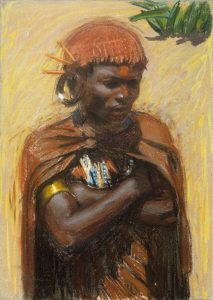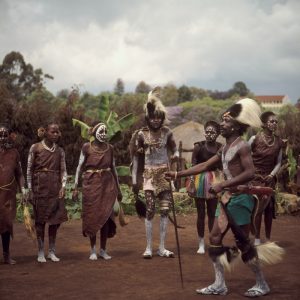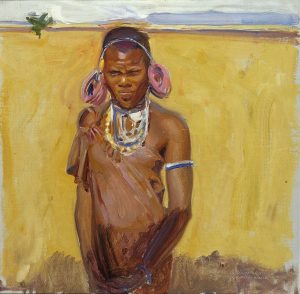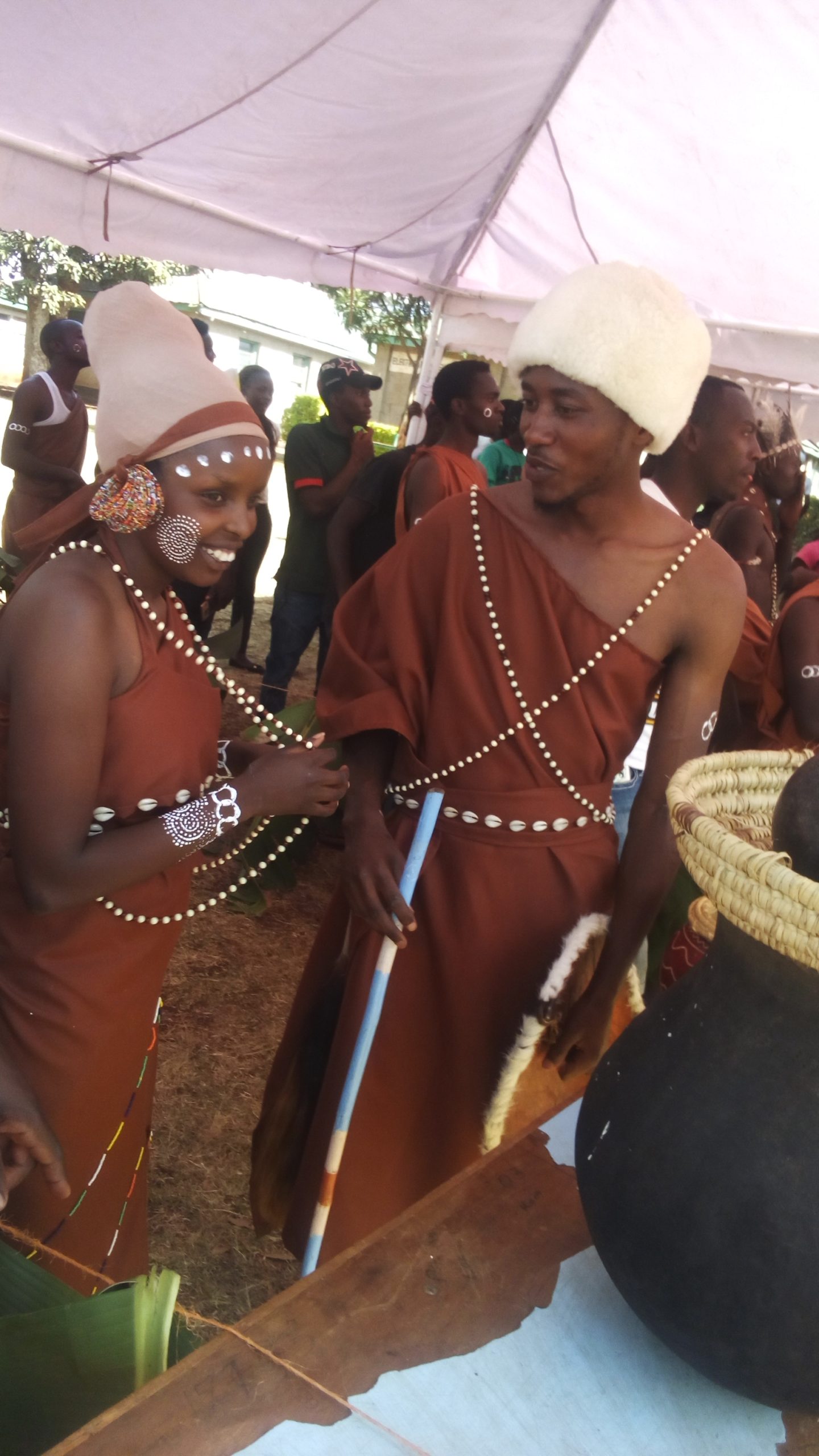Introduction to Kikuyu Cultural Tourism

The Kikuyu people, Kenya’s largest ethnic group, comprising approximately 22% of the national population, offer one of the most accessible and culturally rich tourism experiences in East Africa.
Dating back centuries, the stories and traditions of the peoples of Kenya are some of the most fascinating in the world, having enriched the country through social, economic, political and cultural activities. The Kikuyu community represents a perfect entry point for understanding Kenya’s complex cultural heritage, offering visitors opportunities to engage with living traditions that continue to thrive alongside modern developments.
Mount Kenya: The Sacred Mountain
Central to Kikuyu cultural tourism is the spiritual significance of Mount Kenya, known traditionally as Kirinyaga, meaning “place of brightness” or “dwelling place of God.” The Kikuyu offered prayers and sacrifices to Ngai at designated sacred places, such as on the top of a hill or mountain and under specific trees. Modern cultural tourism incorporates this spiritual dimension through guided visits to sacred sites, meditation retreats, and cultural interpretation programs that help visitors understand the deep connection between the Kikuyu people and their mountain.
Mukurwe wa Nyagathanga: The Sacred Origin Site
Mukurwe wa Nyagathanga in Murang’a is considered sacred and has many fig trees, being the point where Gikuyu built his first homestead and considered the point of origin for the Kikuyu people. This gazetted cultural site represents the mythical birthplace of the Kikuyu people according to their creation story, where the first man Gikuyu met his wife Mumbi under the sacred fig tree (Mũkũyũ).
Cultural tourism programs at Mukurwe wa Nyagathanga offer visitors opportunities to learn about Kikuyu origin stories, participate in traditional ceremonies, and understand the significance of sacred trees in African spirituality. The Sacred Fig Tree (Mũkũyũ) is considered a sacred site, and visitors can explore traditional homesteads (thīgi) and sacred caves (mũrũthũ).
Traditional Practices and Ceremonial Tourism
Life Cycle Ceremonies

The Kikuyus have numerous ceremonies, such as birth, naming, circumcision, marriage, cleansing and death, respectively, with ceremonies celebrated with joy except for the death ceremony, and they believed that these ceremonies symbolised the rites of passage.
Two prominent customs among the Kikuyu are their marriage customs and initiation ceremonies, where marriage is seen as a sacred union between a man and a woman, requiring a series of traditional rites and rituals before a couple is married.
Traditional Agricultural Practices
The Kikuyu agricultural system offers unique agro-tourism opportunities that combine cultural education with sustainable farming experiences. Their indigenous economy rested upon intensive hoe cultivation of millet (the staple crop), peas, beans, sorghum, and sweet potatoes, with main modern cash crops being coffee, corn (maize), wattle, and fruits and vegetables, with some groups practicing irrigation and terracing.
Visitors can participate in traditional farming activities, learn about indigenous crop varieties, understand terracing techniques, and appreciate the sophisticated agricultural knowledge that has sustained the Kikuyu people for centuries.
Balancing Tradition and Modernity
Despite the impact of Western influences, many Kikuyu traditions, including art, music, and dance, continue to thrive today, with the community placing high value on education and family, often practicing unique naming and childbirth customs that reflect their cultural beliefs.
Traditional Arts and Crafts

Kikuyu cultural tourism includes extensive artisan programs where visitors can learn traditional crafts, including pottery, basketry, beadwork, and woodcarving. These hands-on experiences provide income for local artisans while preserving traditional skills and knowledge. Visitors can purchase authentic crafts directly from makers, ensuring economic benefits reach community members.
Music and Dance Programs
Traditional dances and musical instruments are an integral part of Kikuyu cultural tourism, with performances and participatory workshops allowing visitors to experience the rhythmic complexity and cultural significance of Kikuyu artistic expression. These programs often take place in traditional settings, accompanied by storytelling that explains the cultural context and meaning of different musical traditions.
Conclusion
The continued vitality of Kikuyu culture, demonstrated through the persistence of traditional practices alongside modern adaptations, offers visitors authentic experiences that challenge stereotypes about African societies while promoting cross-cultural understanding. As Kenya’s tourism industry continues to diversify beyond wildlife and coastal attractions, Kikuyu cultural tourism provides a template for sustainable, community-controlled tourism development that honours traditional knowledge while embracing contemporary opportunities.

